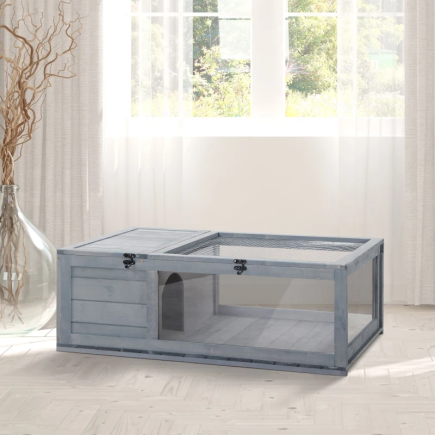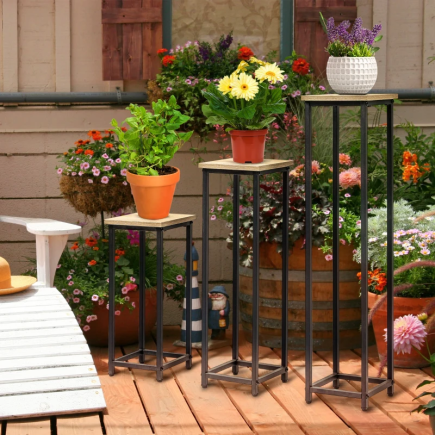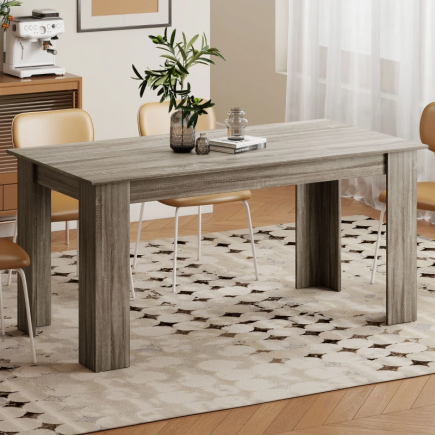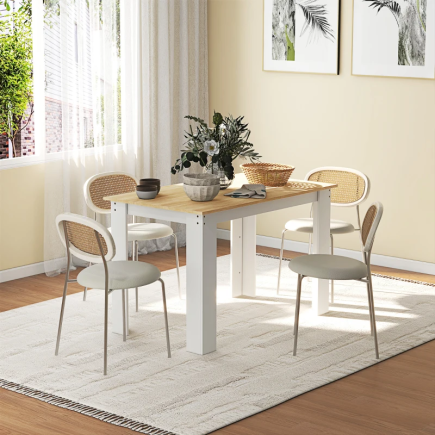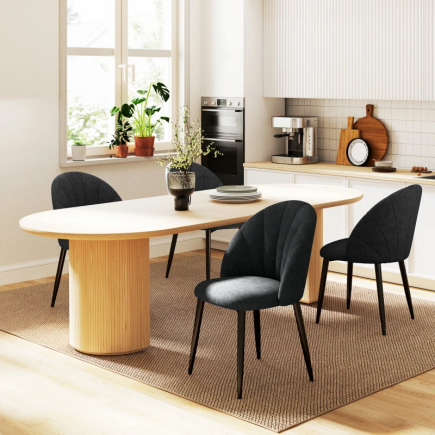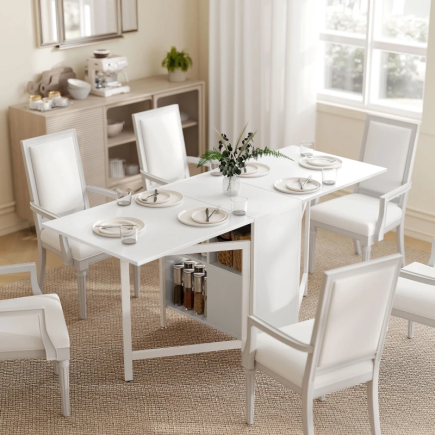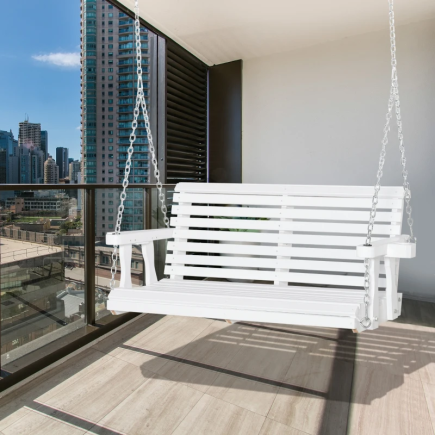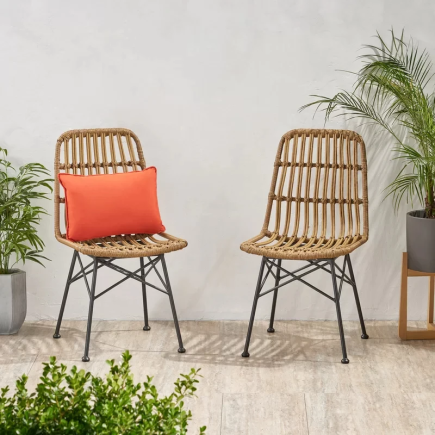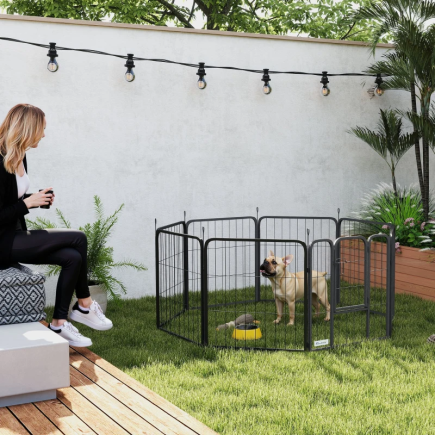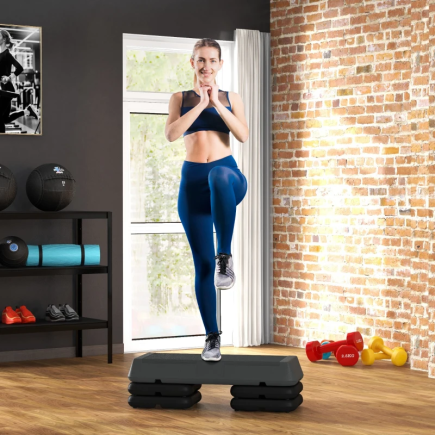
Finding the perfect piano bench height is the single most effective adjustment you can make to improve your posture, technique and pedal control. Skip the fluff, this guide walks you through the exact steps to measure, set and maintain your ideal bench height, broken into nine clear sections with practical substeps and bullet tips.
Measuring Your Knee Height

Accurate knee height measurement is the foundation for a wellfitted bench.
Preparing for Measurement
- Sit on a firm, flat stool with no cushion to keep your pelvis level.
- Maintain a straight spine, relaxed shoulders and feet flat on the floor.
- Wear the shoes or socks you normally use when playing to get the true measurement.
Taking the Measurement
- Have someone place a tape measure under your kneecap and drop it straight to the floor.
- Record the distance in inches as your knee height.
- Repeat the process twice and average the two readings for precision.
Tip: Mark your stool’s kneeheight point with a small sticker so you can remember easily in the future.
Calculating Your Target Seat Height

Once you know your knee height, subtract cushion thickness and round for ease.
Accounting for Cushion Thickness
- Most piano benches have 1–2 inches of padding (foam, gel or memory foam).
- Subtract the cushion’s compressed thickness from your knee height.
Example: 21″ knee height − 1.5″ cushion = 19.5″ target seat height.
- If the bench uses memory foam, allow an extra 0.25″ loss for longterm compression.
Rounding to Adjustment Increments
- Benches typically adjust in ½inch increments.
- Round your target height to the nearest halfinch (for example, 19.5″ → 20″).
- If your cushion feels especially soft, subtract an extra ½″ to offset sag over time.
Simulating Keyboard Height

A mock keyboard test verifies that your calculated height translates to proper playing posture.
Building a Mock Keyboard
- Stack sturdy books or use a board at 28–29 inches above the floor (standard piano key height).
- For uprights, measure the actual key height some models range from 27″ to 30″.
- Ensure the mock surface is level and won’t shift during testing.
Testing Your Posture
- Sit on your bench so your fingertips rest lightly on the mock keys.
- Check that your forearms are parallel to the floor.
- Maintain neutral wrists, with no upward or downward bend.
FineTuning Adjustments
- If your elbows hang more than 1″ above or below the mock keys, adjust the bench by ½″ increments.
- Repeat the fingertip test until your arms and wrists feel relaxed, aligned and natural.
Tip: Test at different positions on the mock keyboard left, center and right to confirm uniform posture.
Aligning UpperBody Position

Proper bench height goes hand in hand with balanced upper body alignment.
Achieving a 90° Elbow Angle
- When pressing middle register keys, aim for a right angle between upper arm and forearm.
- This maximizes finger leverage while keeping shoulders and neck tension free.
Maintaining Wrist Neutrality
- Keep your wrist crease in line with knuckles to avoid pinching nerves.
- Visualize a straight line from elbow to fingertip.
Shoulder and Back Posture
- Sit tall with shoulders relaxed and down to avoid hunching forward.
- Engage your core lightly to support your lower back; imagine a string gently pulling you upright.
Tip: Record a sideview video of yourself playing; review it to spot any posture breaks.
Securing Foot Placement and Stability

A stable base lets you focus on expression, not balance.
FlatFooted Support
- Both feet should rest flat, hipwidth apart, under or slightly behind your knees.
- Proper foot placement engages your core and stabilizes your pedal technique.
Footstool for Shorter Players
- Use a nonslip footstool under the balls of your feet if they don’t reach the floor.
- Position it so the heel can rock for smooth use of the sustain pedal.
Preventing Bench Wobble
- Tightening all adjustment knobs or levers evenly uneven tension causes tilt.
- Place rubber or felt pads under all four legs to stop slipping on hardwood, tile or lowpile carpet.
Comparing Bench Types
Select the bench style that fits your needs, environment and playing goals.
| Feature | AdjustableHeight Bench | FixedHeight Bench |
| Height Range | Typically 16″–25″ | Single set height (e.g., 19″ or 21″) |
| Best For | Multiple players, growing students | Solo pianists, light weight |
| Pros | Versatile; quick midsession swaps | Simple; very stable; minimal maintenance |
| Cons | Heavier; mechanical parts can wear | No onthefly height changes |
Tip: Piano teachers and duet partners often prefer an adjustable bench to fit every student without extra chairs.
Evaluating Bench Features

Beyond height, these details enhance comfort, durability and functionality.
Cushion Material and Firmness
- High-density foam offers consistent support over time.
- Memory foam contours to your shape but may require more frequent replacement.
- Gel cushions combine softness with resilience ideal for long practice sessions.
Seat Dimensions and Shape
- Width: Minimum 18″ for solo play; 24″+ if you often teach or play duets.
- Depth: 12″–15″ supports thighs properly without crowding.
- Rounded edges on the front help reduce thigh pressure.
Frame Construction
- Solid wood frames deliver warm aesthetics and stable support.
- Metal Xframe benches fold for portability but must lock firmly to prevent wobble.
- Crossbars under the seat enhance rigidity and weight capacity.
Added Functionality
- Hidden storage under the seat keeps sheet music, metronome or headphones close at hand.
- Builtin holders for pencils and tuning tools streamline your practice setup.
Tip: If you gig or rehearse offsite, test a foldable bench’s stability before committing it shouldn’t sacrifice firmness for convenience.
Maintaining Your Bench Setup
Routine care preserves height accuracy and extends the life of your bench.
Scheduled Rechecks
- Every 6–12 months, repeat the mock keyboard test to account for cushion wear or hardware loosening.
- After moving furniture or changing carpets, verify bench level immediately.
Hardware Inspection
- Snug adjustment knobs, bolts and hinges replace any stripped threads promptly.
- Lubricate metal parts with a small drop of household oil to silence squeaks.
Sit Tall, Play Comfortably, and Enjoy Every Note!
You’ve measured, calculated, simulated, and finetuned every aspect of your bench setup. With your ideal height locked in, record the setting, maintain it regularly, and focus solely on making music, no more posture struggles, no more tension. Now, sit tall at your Piano Bench , settle into the perfect seat, and let every note shine.
FAQs
1. What if two pianists of different heights share the same bench?
Use an adjustable height bench so each pianist can quickly modify the seat to their needs. Keep height settings noted on labels for easy switching. If using a fixed bench, add cushions or footstools to adapt temporarily.
2. Can incorrect bench height cause wrist pain?
Yes, poor bench height can strain wrists due to awkward angles while playing. Adjust the seat so forearms stay parallel to the floor and wrists stay neutral. Monitor for any discomfort and tweak your setup accordingly.
3. Is it okay to use a regular chair instead of a piano bench?
A regular chair usually lacks the correct height, stability, and flat surface for piano posture. Only use it temporarily, and ensure it mimics your ideal seat height. Add a cushion or footrest as needed to achieve alignment.
4. How do I stop my piano bench from sliding on hard floors?
Use nonslip rubber pads or grippers under each bench leg to secure it. This prevents movement during intense playing or pedal use. Avoid felt pads if stability is more important than easy sliding.
5. Should kids use different bench heights than adults?
Yes, children often need lower bench heights or footstools for proper posture. Use adjustable benches or booster cushions to align arms and feet correctly. Recheck their setup as they grow to maintain healthy technique.

